Using mouse embryos, scientists explore the impact of high exposure to a common plasticizer on male fertility, but caution: the dose makes the poison.
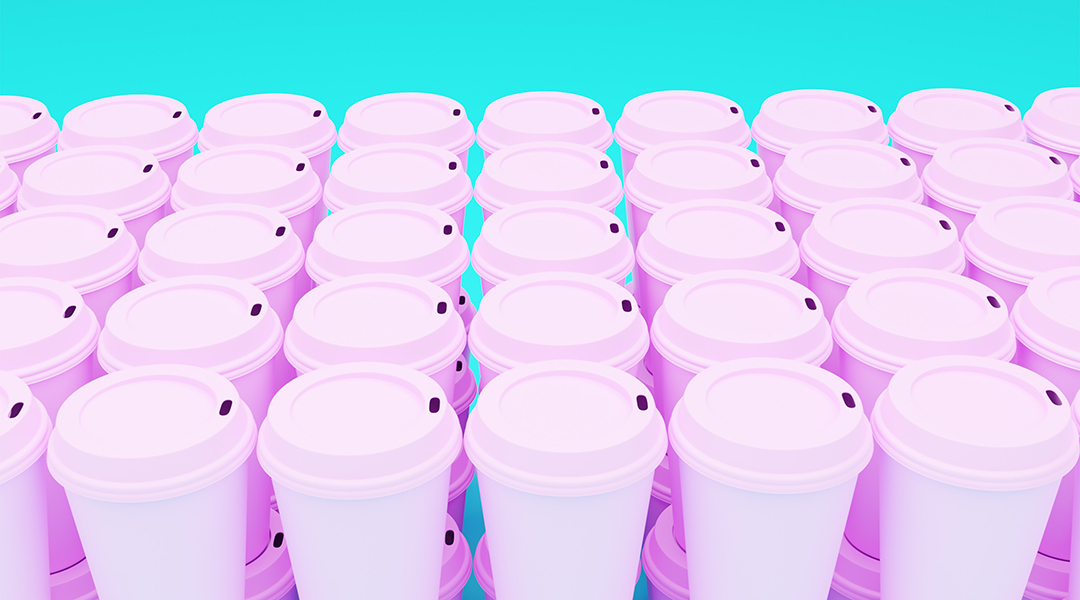

Using mouse embryos, scientists explore the impact of high exposure to a common plasticizer on male fertility, but caution: the dose makes the poison.
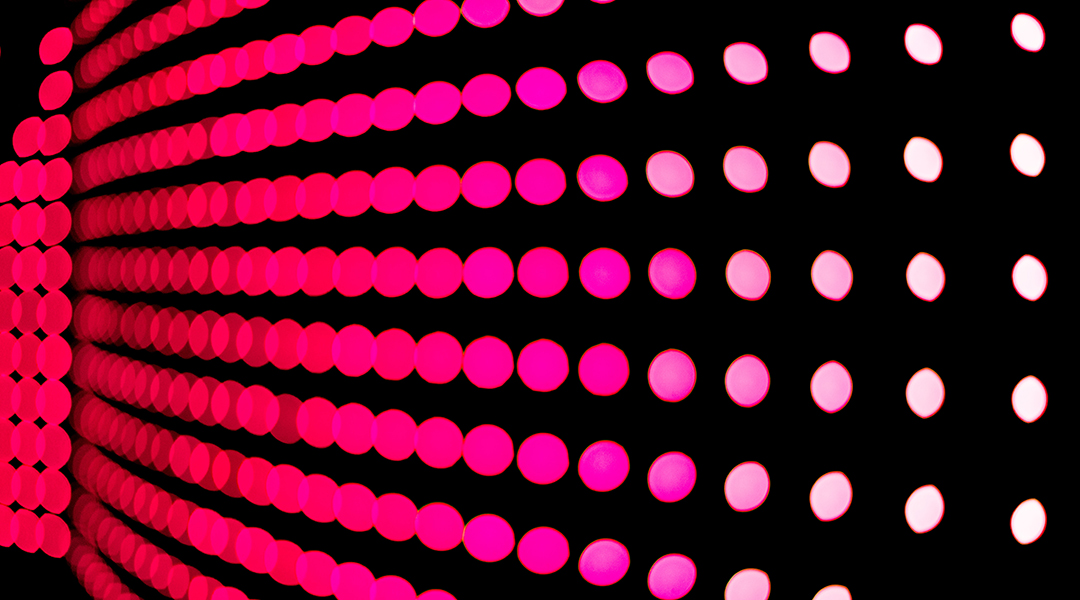
AI is changing the labor-intensive process of manual cell counting, offering improved accuracy, efficiency, and a door into new scientific applications.
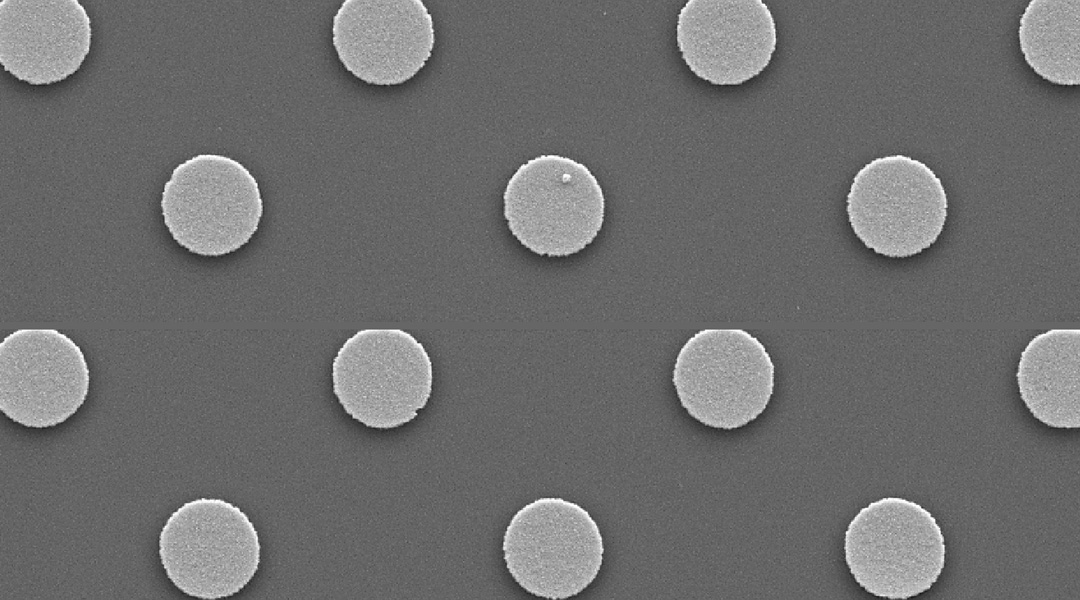
A membrane embedded with magnetic microdisks mechanically stimulates pancreatic cells to produce insulin, which could help treat diabetes.
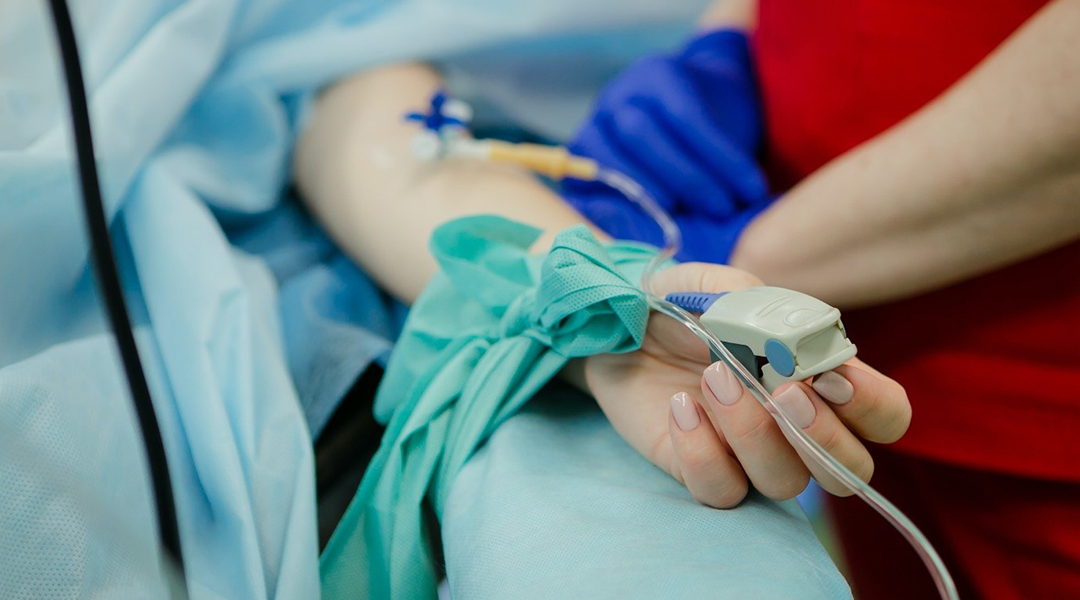
A specific epigenetic signature in patients who respond to chemotherapy offers potential to improve treatment.
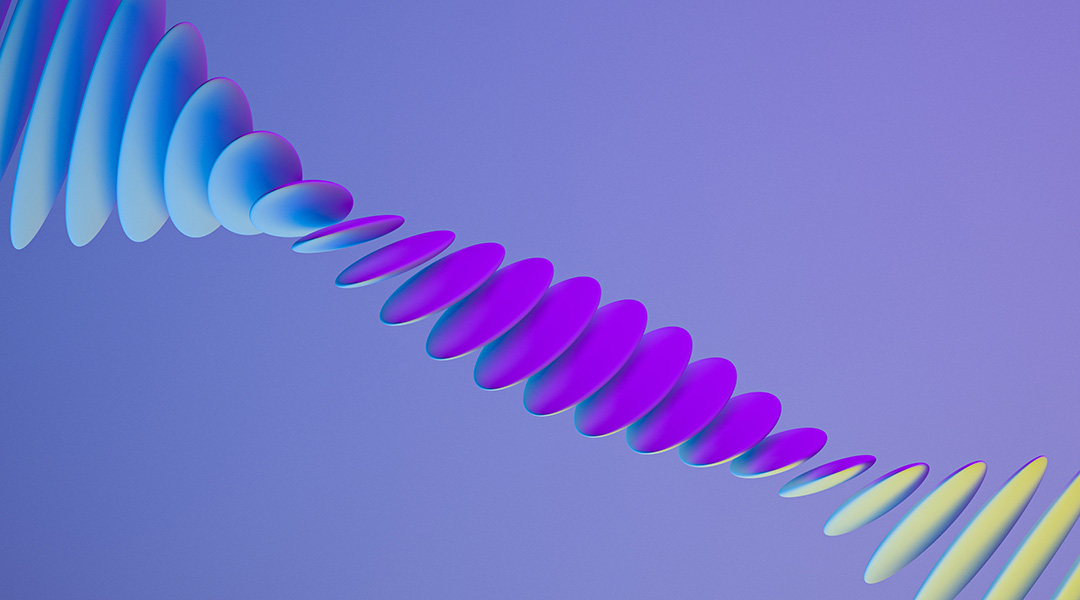
Vital to the fusion process and used in a wealth of technological applications, new research shows quantum tunneling is still delivering surprises.

A political theorist argues that overpopulation concern is not a morally defensible reason to stifle life-extending interventions as the climate warms.
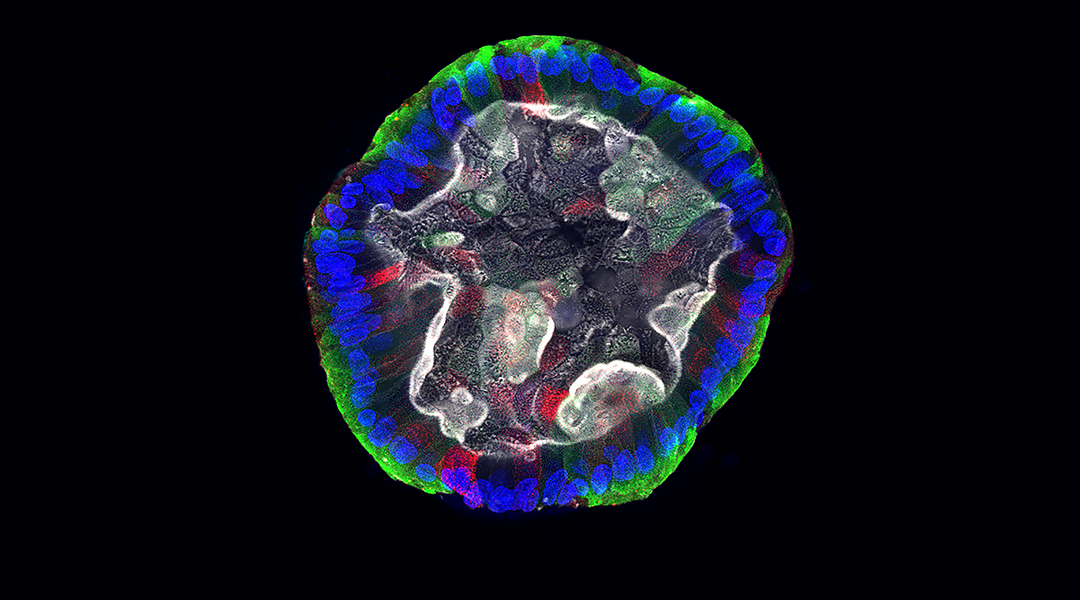
Addressing the lack of diversity in drug testing, scientists are using organoids from voluntary donors to enhance equity and inclusion.
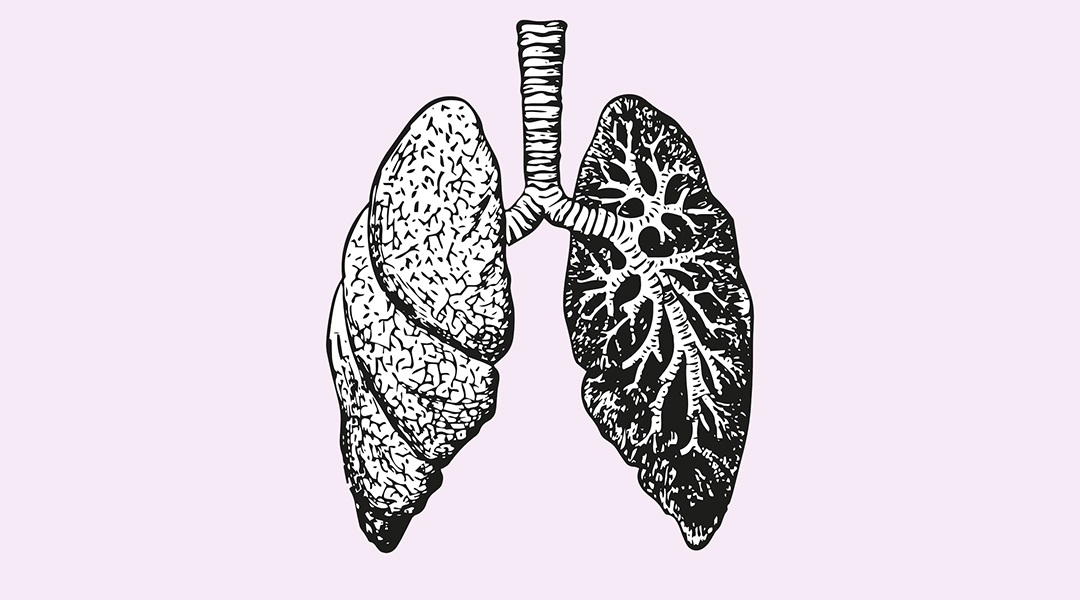
Revolutionizing respiratory disease detection with a portable E-Nose for non-invasive breath analysis.
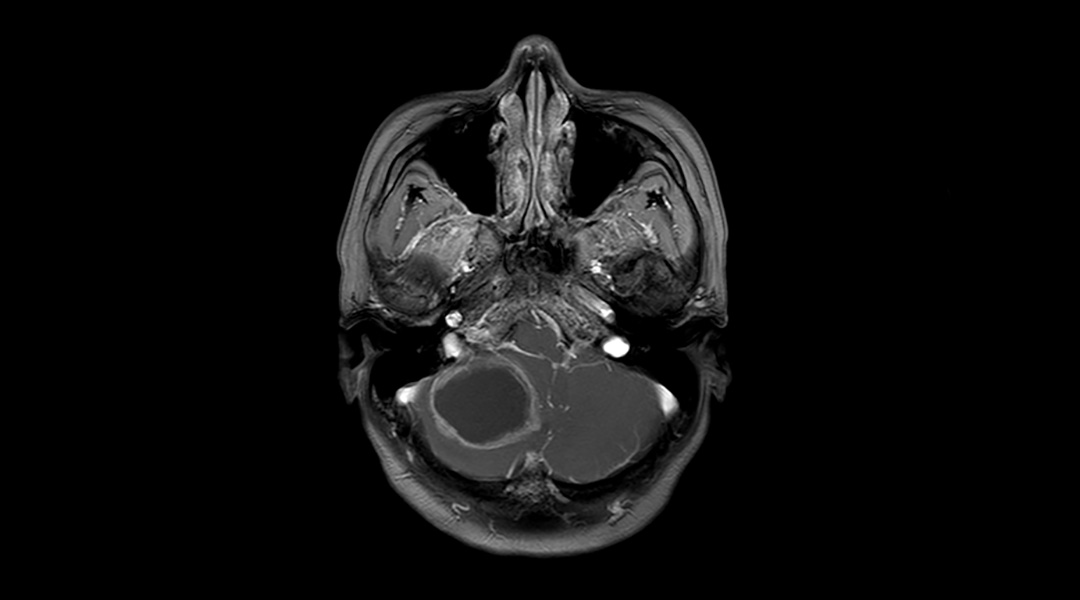
Inspired by brain-invading bacteria, researchers have created nanocapsules that covertly shuttle drugs across the blood–brain barrier.
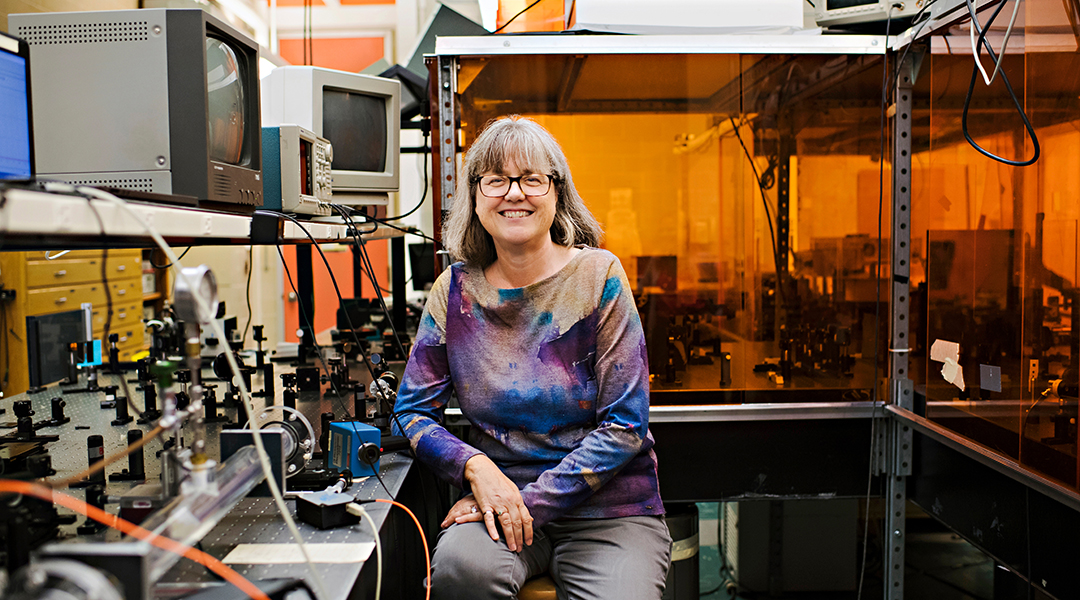
Canadian physicist Donna Strickland on breaking down barriers in laser physics and her life after winning the Nobel Prize.